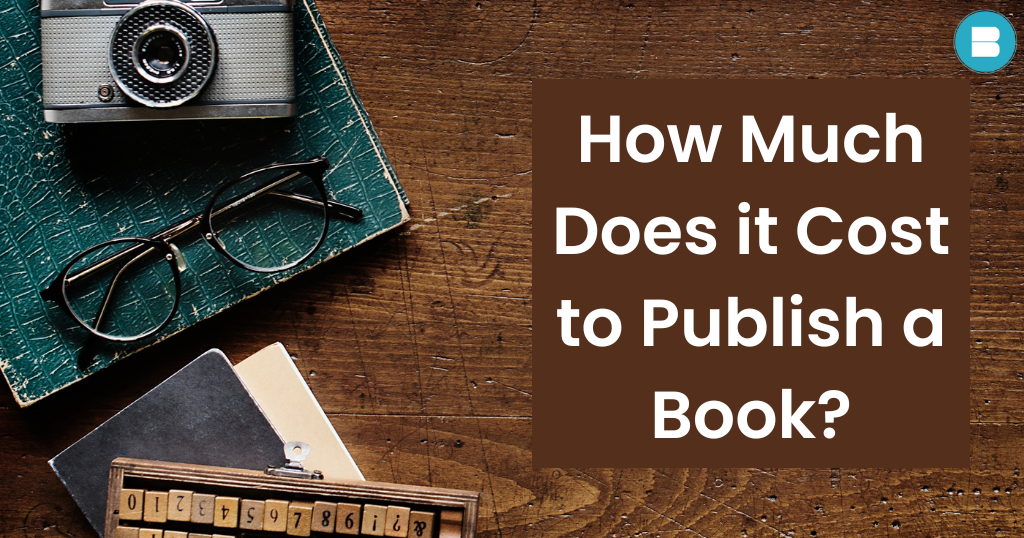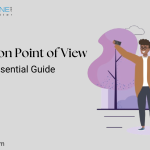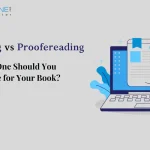You have written your book, and wondering how much will it cost to publish a book? There are two pathways to publishing your book. You can either go for traditional publishing or self-publishing your book.
Traditional Publishing involves publishing your book through traditional publishing houses. Traditional publishing requires you to finish your book and develop a proposal before submitting them to a publishing house (or, if possible, have a literary agent do it for you). An editor reads it to see whether it is appropriate for that house and whether it should be rejected or published. When a publisher gives an author a contract, the publisher prints, publishes, and sells your work through bookshops and other merchants. The publisher effectively purchases the right to publish your work and pays you royalties from sales.
Self-Publishing your book means that you will choose the publishing house where you want to get it published. Depending on the sort of publication or platform you go for, you can choose from various packages regarding editing, format, and types of distribution. In this scenario, you are responsible for cost to publish. The key benefits of self-publishing are that you have complete control over when your book is published, you get to keep all rights to your work, and you receive 100% of the profits.
What are the key services that make up the bulk of the cost to publish a book?
While there is a major difference between traditional and self-publishing houses but some services like editing, cover designing, formatting, and marketing are common in all and therefore take up the major expense quota in the publishing packages.
- For editing, you need to understand your manuscript’s need. You need to analyse your manuscript as to what it really requires, according to it you can cut your costs. Editing charges are majorly based on wordcount; for an instance, an approx. of 60k word count would cost you 30k to 60k depending on the cost. The current average cost is 90 paisa per word for quality work.
- For cover designs, your theme is your helping hand. You need to understand what you want to convey through your cover page. The range goes from 4k upto 50k depending on the quality of the pictures. If you’re working with copyright free images, it can be of 4k but if there is the need to design the cover from scratch (graphics, animation, etc.), the cost can be 50k and beyond too.
- For formatting, the interior should be as pretty as the exterior – therefore talking about per page minimum cost is Rs 30 while the minimum charges for the service is Rs 1000/-. The maximum can depend on what all is included in your file (images, bar codes, etc).
- For marketing, the rage is from 5k to 30k and up depending on what all will be provided to you (amazon, flipkart, social media services, book launches, websites, posters, billboards, pamphlets, etc).
In the packages that you’ll be opting in your chosen publishing house would include these services and sometimes you may need to opt for them.
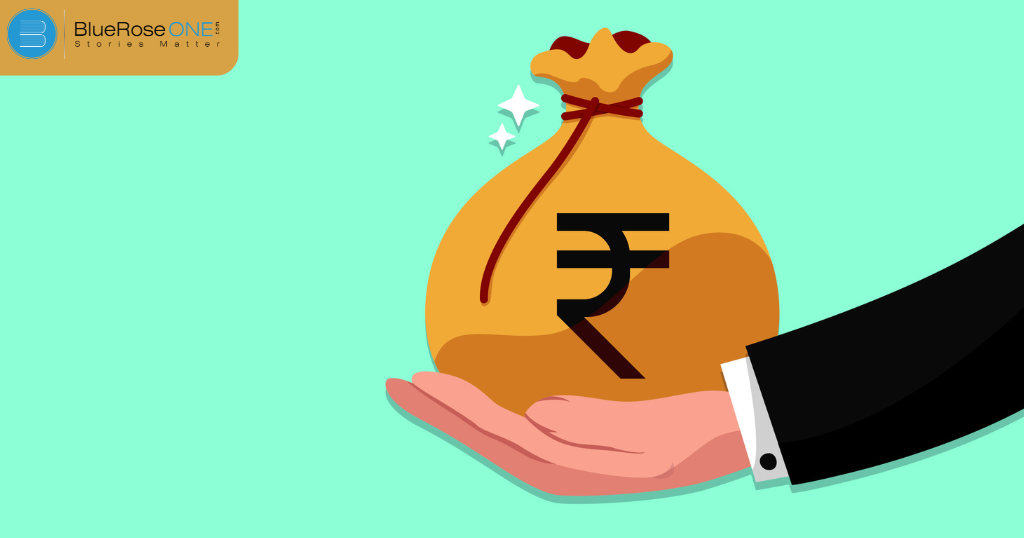
Cost of self-publishing your book will depend on your budget. All the self-publishing houses provide several packages depending on the kind of services you would require and your budget.
The options for packages can be roughly divided into these categories based on the price ranges:
- Packages in the range of 7k to 9k
These packages generally don’t involve extensive editing, and you would need to take care of it on your own. The formats available are black and white in Paperback or e-book format (no hardcovers). They may provide a basic cover design. Distribution is limited to just within India. These packages are a good fit for low budgets, and when you are ready to edit and market your book on your own. - Packages in the range of 13k to 20k
The cost to publish with most publishing houses typically covers both paperback and e-book formats. These packages often include basic book marketing on platforms like Amazon. You’ll retain the copyright for your book, and royalty rates generally range from 70% to 100%. Some packages may also offer up to five complimentary author copies. Additionally, global distribution is commonly provided through Amazon and Flipkart.
- Packages in the range of 22k to 30k
Packages in this range usually provide basic editing and proofreading assistance. The formats include hardcover as well as paperbacks and e-books. They might provide multiple cover design revisions. The number of free author copies may be up to 10. It involves global distribution on Amazon and Flipkart. You usually have 100% royalty. They may include marketing on Facebook and Instagram. - Packages in the range of 40k to 100k
These publishing packages often offer comprehensive services, including thorough editing, proofreading with multiple revisions, and formatting for paperback, hardcover, and e-book formats. They also feature premium cover design and marketing support across both online and offline media. Additional benefits include book reviews, author reviews on various social media platforms, and up to 20 free author copies. Global distribution is provided through major platforms like Amazon, Flipkart, and others. These added services can impact the overall cost to publish, making it essential to evaluate package features carefully.
You may also like: Top 10 Famous Khushwant Singh Books
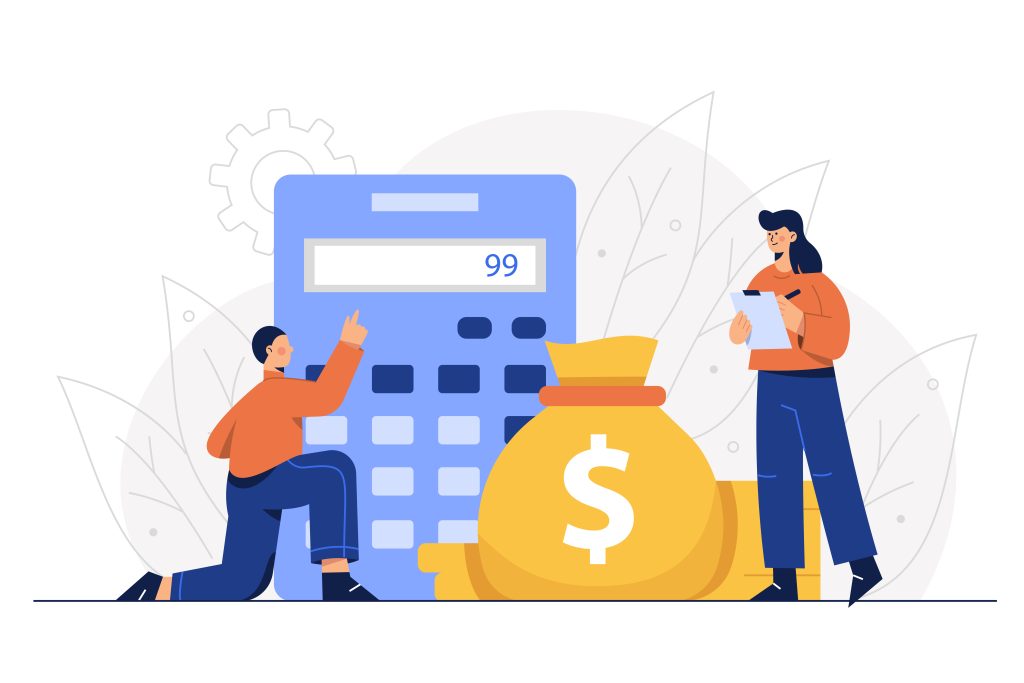
Now, let’s understand the factors that determine the cost to publish.
You may also read: How to Publish a Book? | Publish Your Book | BlueRoseOne
Factors Determine the Cost to Publish
Number of Pages: The number of pages in a book significantly affects the cost to publish. Because the cost of paper and ink increases with each new page, printing costs rise as the number of pages increases. Because it costs more to produce books with more pages, this is particularly important for print-on-demand services. Longer books might also need more intensive formatting, editing, and design work, which would raise the price even more. The total number of pages is a significant factor in deciding the overall production costs and, ultimately, the book’s final price, regardless of whether you’re publishing a paperback, hardcover, or digital edition.
Book Format: One key factor influencing the cost to publish is the book format. The production expenses of various media, including hardback, paperback, and digital, vary. Because of their superior materials and binding, hardcover books are typically the most expensive to create, whereas paperbacks are less expensive. Although formatting and conversion for digital platforms still involve investment, e-books have the lowest production costs because they don’t need to be printed. Both the production budget and the possible price strategy for your book in the market are impacted by the format you choose.
Book Marketing: A major factor in figuring out the total cost of publishing is book promotion. The amount of money authors must spend on promoting their work can be greatly influenced by successful marketing techniques. These expenses are influenced by a number of variables, including target audience research, promotional materials, and marketing platforms including social media, email campaigns, and traditional advertising. Costs may also be impacted by the decision to manage marketing initiatives on your own or hire experts. For writers hoping to publish effectively, investing in excellent marketing is essential since it can increase a book’s visibility and possibly result in larger sales and a better return on investment.
Book Editing: One of the most important factors affecting the total cost of publication is book editing. The editing process frequently consists of several steps, such as developmental, line, and copy editing, each of which calls for varying degrees of skill and time. While line editing focusses on the language and flow, developmental editing concentrates on the manuscript’s structure and content. Grammar correctness and consistency are guaranteed by copy editing. The cost is influenced by the editor’s experience, the intricacy of the document, and the amount of time required for revisions. In the end, spending money on high-quality editing can greatly improve a book’s readability and marketability, therefore authors must take this into account.
Book Cover Design: Since a book’s cover is frequently the first thing prospective readers see about it, it has a significant impact on the whole cost of publishing. The complexity of the design, the designer’s background, and the kind of artwork needed are some of the variables that affect this cost. A plain, text-based cover could be less expensive than one with intricate illustrations or one that is specially created. Furthermore, if a designer is an expert in a certain genre, their fees might reflect that knowledge. The budget is also greatly impacted by the decision between using do-it-yourself design tools and employing a professional, since professional designs are usually of higher quality and more marketable.
Distribution: The cost of publishing a book is mostly determined by distribution. It covers the strategies and distribution channels that a book uses to get in front of readers, such as direct sales, internet platforms, and conventional retail. Costs associated with each distribution channel include listing fees, store margins, and delivery charges. Additionally, distribution costs might be greatly impacted by the decision between print and digital media. While eBooks frequently have lower distribution costs, they may also come with platform hosting and formatting expenses. Print books, on the other hand, may need inventory management and warehousing. In the end, successful distribution techniques can increase a book’s readership and financial success.
You may also like: How much will it cost to publish a book in India?
What is the Minimum Cost to Publish a Book in India?
The genre, length, and production quality of the book, as well as the publishing channel used, can all have a substantial impact on the price of publishing a book in India. It is essential for prospective writers to comprehend these expenses in order to properly budget.
Self-Publishing vs. Traditional Publishing
Authors in India usually have to decide between formal publication and self-publishing. Conventional publishing frequently entails sending manuscripts to publishing houses, which may pay for the majority of the expenses associated with marketing, design, and editing. These publishing houses, however, are pickier about which manuscripts they accept and usually keep a higher portion of royalties. On the other hand, authors who self-publish have complete control over the publication process, but they must pay for it up front.
You may also read: About the Author Sudha Murthy: Inpiring Life and Literary Legacy
Cost Breakdown for Self-Publishing
Editing Costs: When self-publishing, editing is an essential stage that guarantees your book is polished and businesslike. The type of editing required determines the pricing in India. While more extensive services like line editing and copyediting cost between 1 and 3 per word, basic proofreading usually costs between 0.50 and 1 per word. The price might go up to ₹5 per word or more for a comprehensive developmental edit that concentrates on storyline, structure, and character development. Overall, depending on the length of your book and the degree of refinement required, editing costs can range from ₹10,000 to ₹50,000 or more.
Cover Design: Because it is so important in drawing readers, cover design is a major factor in the price of self-publishing. Depending on the complexity of the design and the designer’s level of experience, cover design prices for Indian self-publishers might vary significantly. Basic patterns typically cost between ₹1,000 and ₹3,000, but more intricate, personalised designs might cost up to ₹15,000 or more. Since a well-designed cover increases a book’s appeal and can increase sales, hiring a professional cover designer is advised. As an alternative, some writers decide to cut expenses by using DIY design tools or pre-made templates.
Formatting: When self-publishing, formatting is essential since it makes sure your book is readable and appears professional. Creating headers, adding page numbers, modifying text arrangement, and selecting suitable font sizes and styles are all examples of proper formatting. Additionally, it may include creating layouts for both print and eBook versions, which frequently need for distinct styles. Depending on the length and intricacy of the book, professional formatting services in India usually cost between ₹2,000 and ₹10,000. Employing a professional formatter can save time and help create a polished end product that satisfies publishing standards, even though some authors prefer do-it-yourself formatting tools.
ISBN and Copyrigh Registration: Budgeting for an ISBN (International Standard Book Number) and copyright registration is crucial when self-publishing a book in India. In India, applying for an ISBN—which gives your book a unique identifier—through the Raja Rammohun Roy National Agency is free. For book distributors and retailers to list and sell your book, this number is essential. Although it is not required, copyright registration gives your work legal protection. The price of this service usually ranges from ₹500 to ₹5,000, depending on your preferred registration method and book kind. By adding these components, your book becomes more secure and legitimate, which increases its accessibility and protection in the publishing industry.
Printing costs: Since printing costs involve the actual creation of each book, they account for a significant portion of self-publishing expenses in India. These expenses are determined by the book’s size, page count, cover finish (matte or glossy), and printing method (digital or offset). Although offset printing is less expensive for large print runs, it is more expensive up front and is therefore better suited for orders with a high volume. Conversely, digital printing offers flexibility and low setup costs, making it perfect for smaller print runs. Depending on these decisions, printing expenses can typically range from ₹50 to ₹200 each volume.
Distribution Costs: In order to cover the cost of placing your book in front of readers, distribution charges are a crucial component of self-publishing. These expenses may differ in India depending on the platforms and type (digital or print). Distribution costs for print publications include storage, shipping, and any fees imposed by merchants or distribution partners; these costs might vary from ₹50 to ₹100 per copy, contingent on the weight and distance of the book. Platforms such as Google Books, Amazon Kindle, and local e-book distributors may impose a fee on sales for digital versions, typically ranging from 20% to 30%. By accounting for these expenses, you can make sure your book is available and efficiently reaches your target audience.
Marketing and Promotion: A book’s success depends on its marketing and promotion, which help it stand out in a crowded market and attract readers. The cost of promotion for Indian self-published writers varies greatly, ranging from paid services to free alternatives like social networking and email newsletters. For first promotion, many writers set aside between ₹5,000 and ₹20,000, which includes influencer outreach, internet advertisements, and simple promotional items like bookmarks or posters. Costs for larger initiatives, including blog tours or expert PR services, can go up dramatically, occasionally hitting ₹50,000 or more. By spending money on efficient marketing, authors can increase book visibility, connect with their target audience, and increase sales.
If you want to know what price BlueRose Publishers Offers you may check, by clicking over here.
You may aslo like: How can i get a book published?
Cost of Traditional Publishing
Querying Costs: The expenditures associated with sending your manuscript or book proposal to publishers or literary agencies in the hopes of landing a traditional publishing agreement are known as querying charges. Depending on the procedure and particular needs, these expenses can differ significantly in India. While many publishers and agencies welcome digital submissions, which lowers costs, some may demand paper submissions or sample chapters, which raises the cost of postage, binding, and printing. Furthermore, certain literary agencies could charge nominal fees for consulting services or manuscript reviews. Overall, even though digital querying can be inexpensive, the initial costs may increase if physical submissions or expert feedback services are required.
Agents Fees: Agent fees are a major expense in traditional publishing. Generally speaking, literary agents take 15% of the author’s book sales proceeds as a commission. Although it varies, this price is typical for the sector. Having an agent might be helpful, even though it could seem like an additional cost. They assist writers in locating appropriate publishers and negotiating better contracts, both of which can eventually result in increased book sales. Consequently, even while agents keep a cut of the earnings, their knowledge frequently increases authors’ long-term income, making the fee a wise investment.
Self-publishing offers numerous benefits, with one key advantage being the ability to get your book to market much faster compared to traditional publishing. Thanks to the internet, you can theoretically finish writing today and publish your book online tomorrow. While major publishing houses involve multiple layers of approval from editors, marketers, and designers, self-publishing gives you full control over your content and the entire process. However, it’s important to consider the cost to publish when self-publishing, as you’ll be responsible for expenses like editing, design, and marketing.
Not only you choose the text and cover art, but you can also publish your material in any format you like, from booklets to workbooks to multi-book series. You also receive larger royalties on your book. In this way, self-publishing your book may be cost-effective.
BlueRose Publishers provide several packages from DIY to premium to fit your requirements and budgets. Make your dream of publishing your book a reality by choosing BlueRose Publishers!

